Figures & data
Table 1 PICO Criteria for the Inclusion of Studies
Table 2 Characteristics of the Included Non Controlled Studies
Table 3 Characteristics of the Included Controlled Studies
Table 4 Summary of the Results from the Included Studies
Figure 2 The odds of retinal reattachment postvitrectomy were significantly greater in the early group than in the delayed group; ra+, retina reattached; ra-, retina not attached.
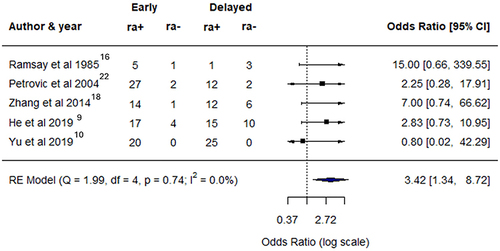
Figure 3 The odds of a visual acuity of 5/200 or better were 2.4x greater in the early group than in the delayed vitrectomy group.
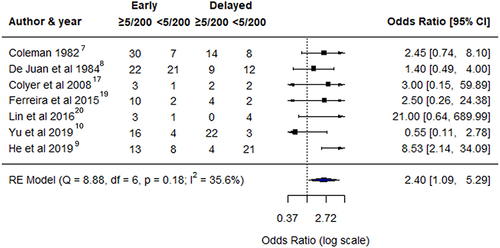
Figure 4 Forest plots comparing the odds of proliferative vitreoretinopathy (PVR) in early and delayed intervention after ocular injury. The incidence of PVR was significantly greater in the delayed group.
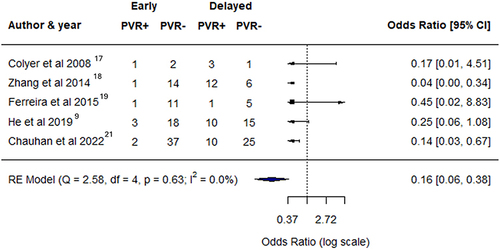
Figure 5 Forest plots comparing the odds of more than one vitrectomy in patients who underwent early or delayed intervention after ocular injury. Patients who underwent delayed vitrectomy were more likely to require more than those who underwent vitrectomy only once.
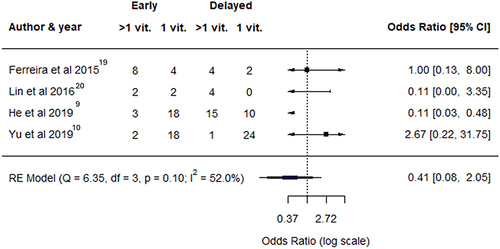
Figure 6 (A) Risk of bias assessment of randomized controlled trials. Green indicates a low risk of bias, red indicates a high risk of bias, and yellow indicates an unknown risk of bias. (B). Risk of bias assessment of nonrandomized controlled trials. Green indicates a low risk of bias, red indicates a high risk of bias, and yellow indicates an unknown risk of bias.
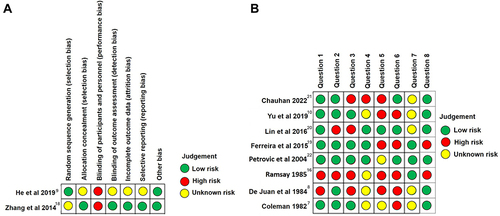
Data Sharing Statement
The datasets used in this study have been included in the main text. Photographs and figures from this study may be released via a written application to the Photographic Laboratory and Clinical Archives Retina Department at the Oftalmologia Integral ABC Medical and Surgical Assistance Institution (Nonprofit Organization), Av. Paseo de las Palmas 735 suite 303, Lomas de Chapultepec, Mexico City 11000, Mexico and the corresponding author upon request.

